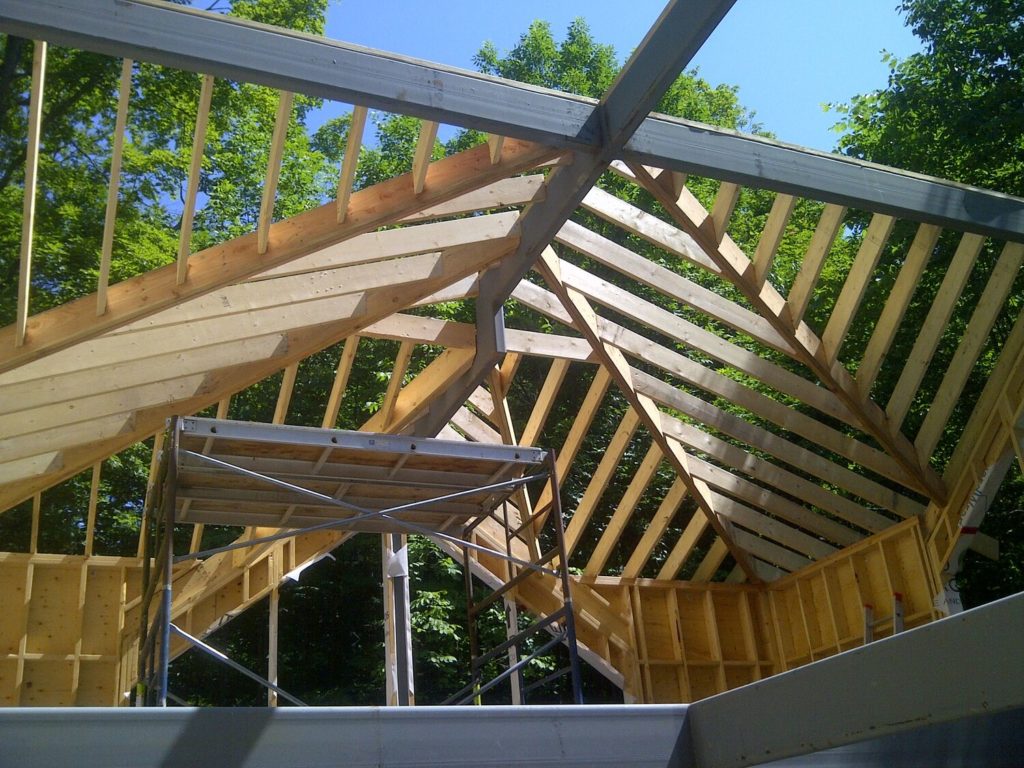6 Reasons The Cost to Build a Custom Home is More Than You Think (But Is Worth It!)

Building a budget for a custom home can be tricky. There are many factors to consider, some of which aren’t even on most homeowner’s radars. But, at the end of the day, having complete control over your new place and seeing your dream home come to life is something you can’t put a price on! As long as you plan ahead and do your research, you can create a realistic budget that takes everything into account. Here are 5 things that can affect your custom home budget that you might not have considered.
1. The site
- The incline: A flat site is most cost-effective.
- The terrain: Native soil is the most budget-friendly option. Stone and rock may have to be blasted, which could exceed a typical budget.
- The site condition: Starting with a clean site is the best for your budget, as you’ll have to cover the cost of any site clean up or clearing.
- Landscaping: Does a tree (or trees) have to be removed? Do you require landscaping? This might affect your budget.
2. The type of foundation
-
- You can choose between a poured or block foundation. If you live around rocky or low lying terrain, you may have to consider slab or pier foundations.
- The basement foundation is incorporated into the design of the home and is arguably the most important element that supports the designed structure.
- A basement foundation is usually an 8ft (or deeper) hole with poured or energy-efficient ICFconcrete walls and a concrete floor.
- A basement foundation gets you more space at a lower cost per square foot, plus you get energy-efficient living spaces that stay cool in the summer and warm in the winter.
- Your contractor will ensure your basement has proper drainage by waterproofing the exterior walls, installing a big O-pipe around the exterior, installing a sump pump, and making sure the landscaping slopes away from the house, ensuring a dry basement for your whole family to enjoy!
3. The framing
-
- Once your foundation has been put in place, the next step is building the frame.
- The framing on the foundation is the product of your design- the size and layout of the home as well as the shape and style of the roof.
- The design of the home can add to your budget: when it comes to frame shape, simplicity is more cost-effective.
- The shape affects the roof structure, and a complex roof structure means more cost.
- The good news is that a simple structure still looks good, but if you have the budget, an elaborate design can really add some architectural flair.
4. The windows and window materials
-
- Quality windows and exterior doors are an important investment, as they provide security, add style, create warmth, and allow natural light into your house.
- The window sash materials you choose will affect the cost of your build.
- Vinyl windows provide a cost-effective, low-maintenance, durable choice, but they may lack the visual flair of the finer finishes.
- If you’re looking for that ‘wow factor’ wood has a beautiful natural appeal but comes at a higher price.
- Aluminum-clad wood windows have a best-of-both-worlds approach that’s both durable and good-looking, but also comes at a higher price.
5. Interior doors and hardware
- Door materials might affect your budget, depending on which ones you choose.
- Stock with an MDF hollow core is the most wallet-friendly.
- Custom-made carved solid wood doors are stunning, but will quickly add cost.
- Remember too that doors need hardware, which could run between $50-$500, depending on style and materials.






